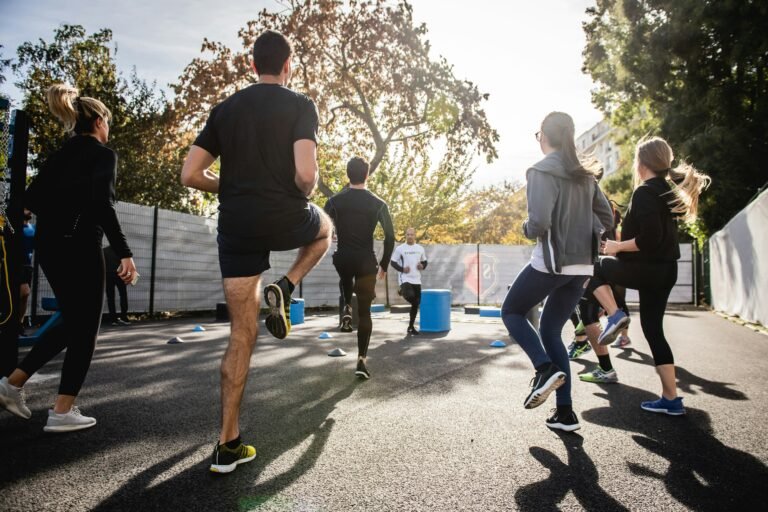When designing a workout plan, one of the most common questions is how many exercises per workout should you include? The answer depends on your fitness level, goals, and the type of training you’re doing. In this guide, we’ll break down the optimal number of exercises per session to maximize results without overtraining.
Why Does the Number of Exercises Matter?
Understanding how many exercises per workout is crucial for efficiency and progress. Doing too many exercises can lead to fatigue and diminished performance, while too few might not provide enough stimulus for growth and strength gains. The right balance ensures you get the most out of your workout while avoiding burnout or injury.

How Many Exercises Per Workout Should You Do?
The ideal number of exercises per workout varies based on the type of training you’re doing. Here’s a general guideline:
1. Full-Body Workouts
Full-body workouts target multiple muscle groups in a single session. For these, aim for:
- 4–6 exercises per workout
- 1–2 exercises per muscle group
- Focus on compound movements like squats, deadlifts, bench presses, and pull-ups
2. Upper/Lower Split Workouts
This method separates upper and lower body training, allowing for more volume per muscle group. Ideal exercise numbers:
- 5–7 exercises per workout
- 2–3 exercises per major muscle group
- Include both compound and isolation exercises for balanced development
3. Push/Pull/Legs Split
This split divides workouts into pushing muscles (chest, shoulders, triceps), pulling muscles (back, biceps), and legs.
- 4–6 exercises per session
- 2–3 compound movements, 2–3 isolation movements
- Helps prevent overtraining by focusing on specific muscle groups
4. Body Part Split (Bro Split)
This routine targets one major muscle group per workout, typically used by bodybuilders.
- 6–8 exercises per session
- 3–4 compound movements, 3–4 isolation exercises
- Works well for advanced lifters looking for muscle hypertrophy

Tips to Optimize Your Workout Routine
Now that you know how many exercises per workout you should include, here are some additional tips:
- Prioritize Compound Movements – Start with multi-joint exercises like squats and bench presses before moving to isolation exercises.
- Keep Volume Manageable – Avoid doing excessive sets and reps. More is not always better.
- Listen to Your Body – If you’re feeling fatigued or experiencing pain, adjust the number of exercises accordingly.
- Consider Your Goals – Strength training may require fewer exercises with heavier weights, while hypertrophy-focused training can have a slightly higher volume.
By understanding how many exercises per workout to include, you can create a structured, effective, and sustainable training program that supports your fitness goals.








